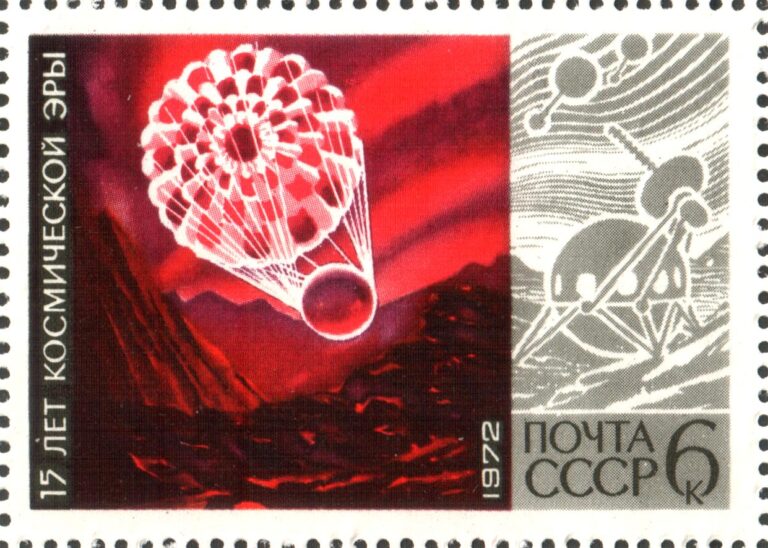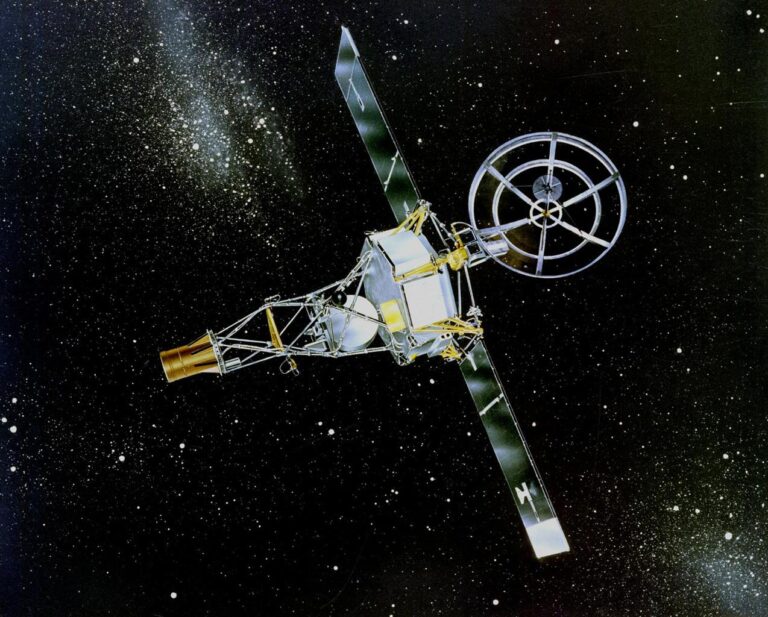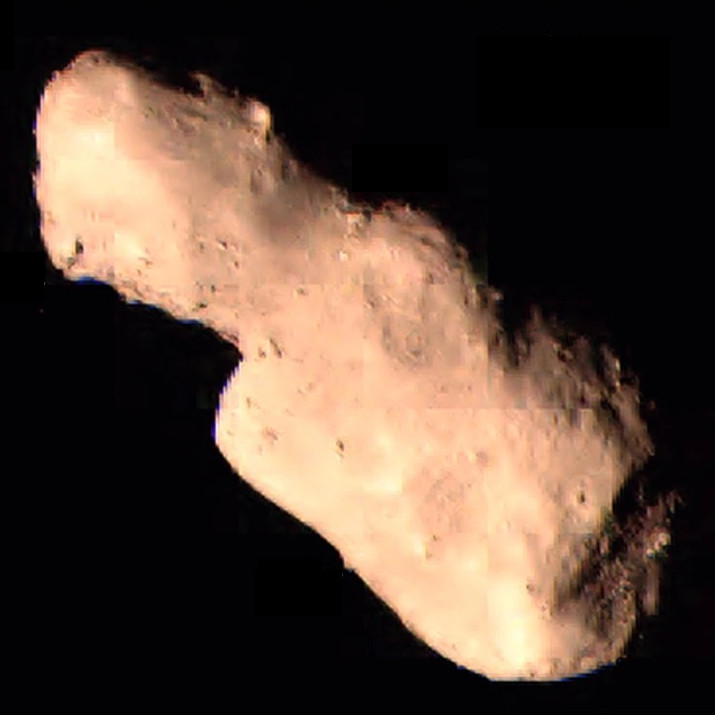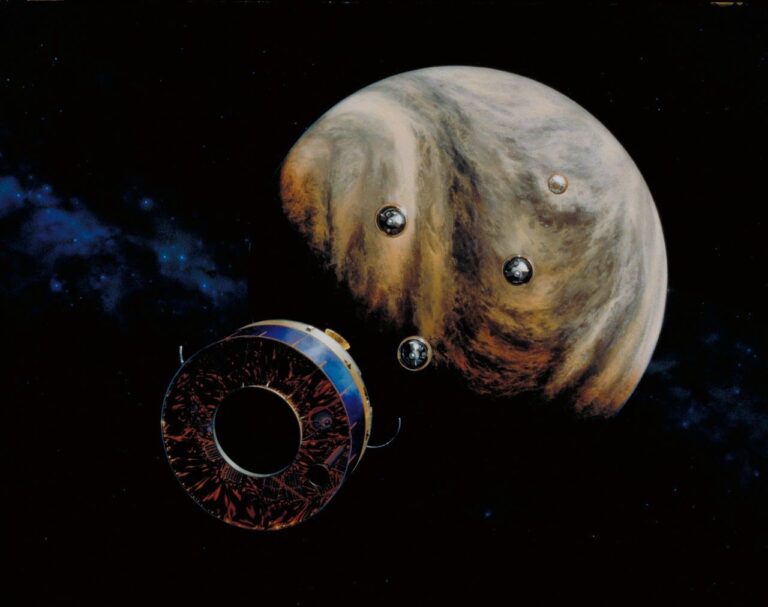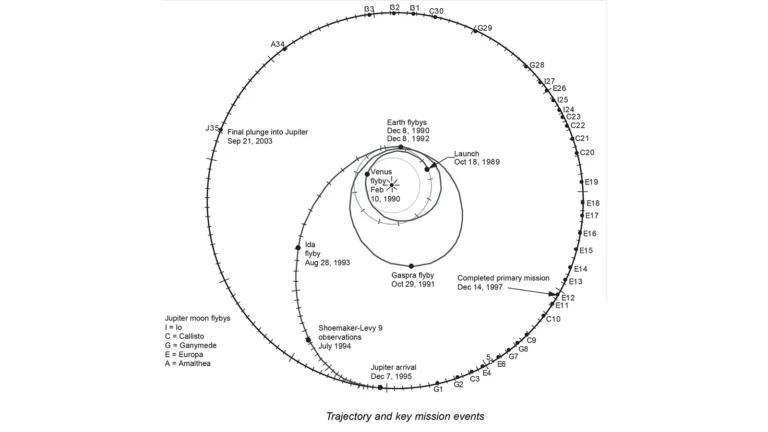Key Takeaways:
Two months from today, something incredible will happen in the history of humanity. A spacecraft built by mere mortals like you and I will reveal the last unexplored planet — the ringleader of a group we now know dominates our solar system’s frontier.
Even more remarkable, New Horizons reaches Pluto on July 14 — an arrival exactly 50 years after Mariner 4 became first to visit Mars. On that day, NASA will scratch off the last task on a to-do list that will never be repeated. In a single human lifespan, scientists will have led us on an exploration of each of the nine worlds we all grew up with.
And Pluto’s exploration is special for another reason. When in 1989 the Voyager 2 spacecraft last revealed a new planet, Neptune, it had been 150 years since its discovery. The find had long left living memory. Not so with Pluto. This is a modern planet.
The ashes of Clyde Tombaugh are on board New Horizons en route to the world he discovered. His wife, Patsy, watched the launch, and his children grew up with the dad who found every child’s favorite planet. James Christy, who first picked out Pluto’s companion Charon, still remembers his own revelation. Many others who played crucial roles in revealing the Kuiper Belt — Pluto’s family — are also around.
In this blog, we will relive those many strange steps and chat with the curious characters that got us here. Before the flyby, we’ll dive into the quirks of history, unearthing new anecdotes and giving fresh perspective to often-told tales. Then, Astronomy will give readers a front row view from the Applied Physics Laboratory in Maryland as its scientists see Pluto for the first time.
I’ll be leading this narrative odyssey with help from some of Astronomy’s senior editors (including some who were writing about Pluto before I was born). And I’m proud to have enlisted the editorial might and historical expertise of my friends on Mars Hill. Appropriately, Lowell Observatory’s resident science writer Kevin Schindler starts things off today where Pluto’s history begins — with the search for Planet X.
I hope you’ll join us as we celebrate this #YearOfPluto.
Eric Betz is associated editor of Astronomy. Follow him on Twitter: @EricBetz.



